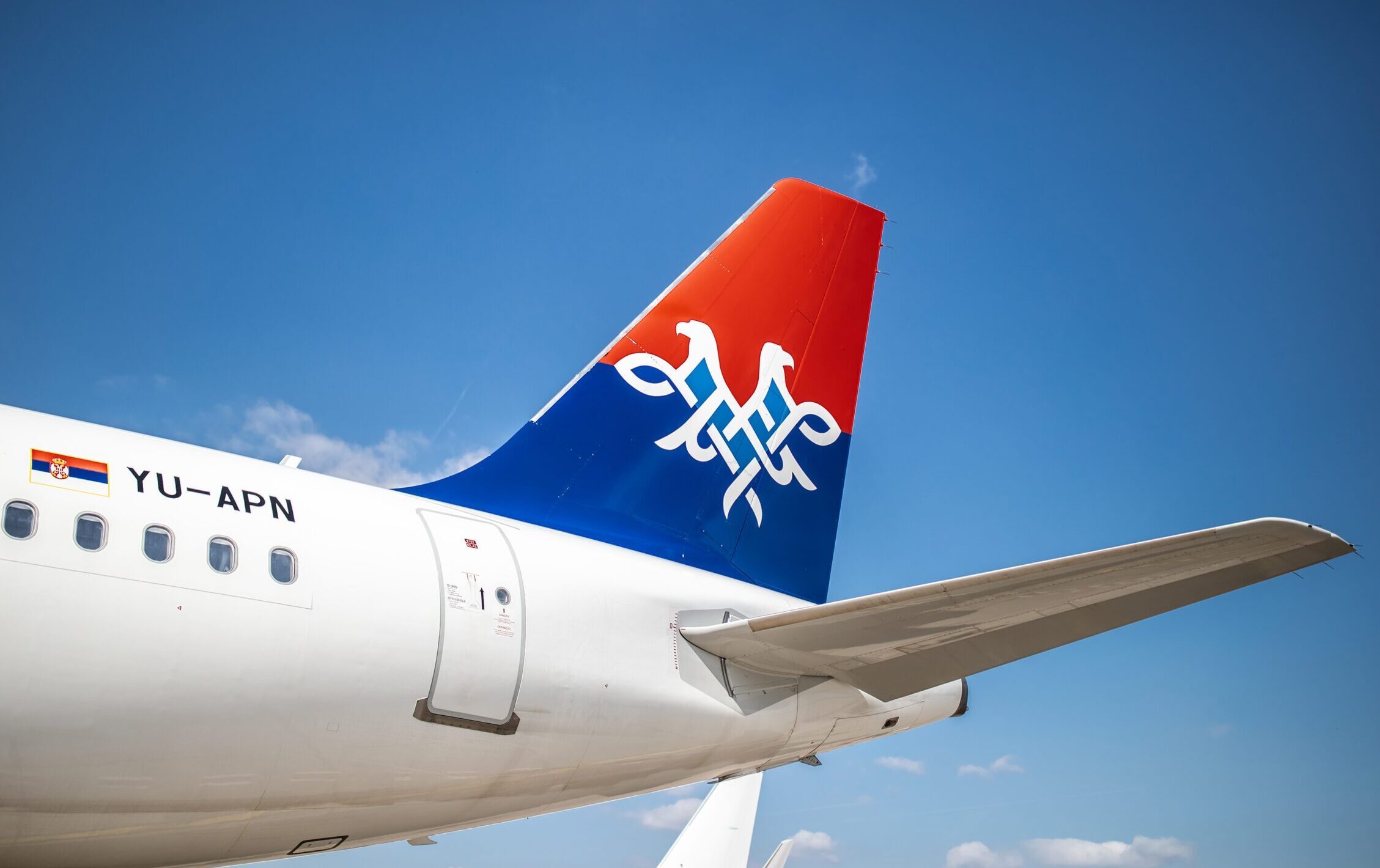Evo ovo je izveštaj danskog safety boarda na sličan incident (koji doduše nije imao ovako dramatične posledice)
KLM flight KL1830 was cleared for takeoff from from runway 25R at Berlin Airport, but the aircraft departed from another intersection than the crew had entered into the aircraft system. C...
aviation-safety.net
Conclusions
The Dutch Safety Board investigated the incident and found that the aircraft took off from Intersection L5 - as the crew intended - while the performance calculation was based on Intersection K5, because both pilots accidentally selected intersection K5 instead of L5 in the takeoff performance calculation application. The selection error resulted in a slower acceleration leading to a hazardous situation in which the aircraft became airborne 443 metres before the end of the runway.
The Dutch Safety Board found several contributing factors related to the selection error:
• Accidental misselections occur commonly when using a touchscreen tool with finger-touch interaction, especially if it is used routinely and therefore quickly. The lack of system feedback about the location of the finger and the ‘fat finger’ problem contribute to selection errors when working on a touchscreen.
• The takeoff performance calculation application does not provide visual feedback about the selected intersection and runway (airport synoptic).
• The pull down menu contains selection options (runway intersections) that are not normally used by the operator.
There were several contributing factors to the propagation of the misselection:
• The cross check did not reveal the selection error because the pilots likely only focused on the performance calculation outputs, which probably did not differ as both pilots had reportedly selected the same wrong intersection.
• Passing the sign indicating intersection L5 and the available runway length could not reveal the selection error either, because the crew had this intersection in mind. Also the calculated N1 was within range of expectation. Variant flying might have widened their range of expected performance parameters.
• The crew trusted the performance calculation application.




